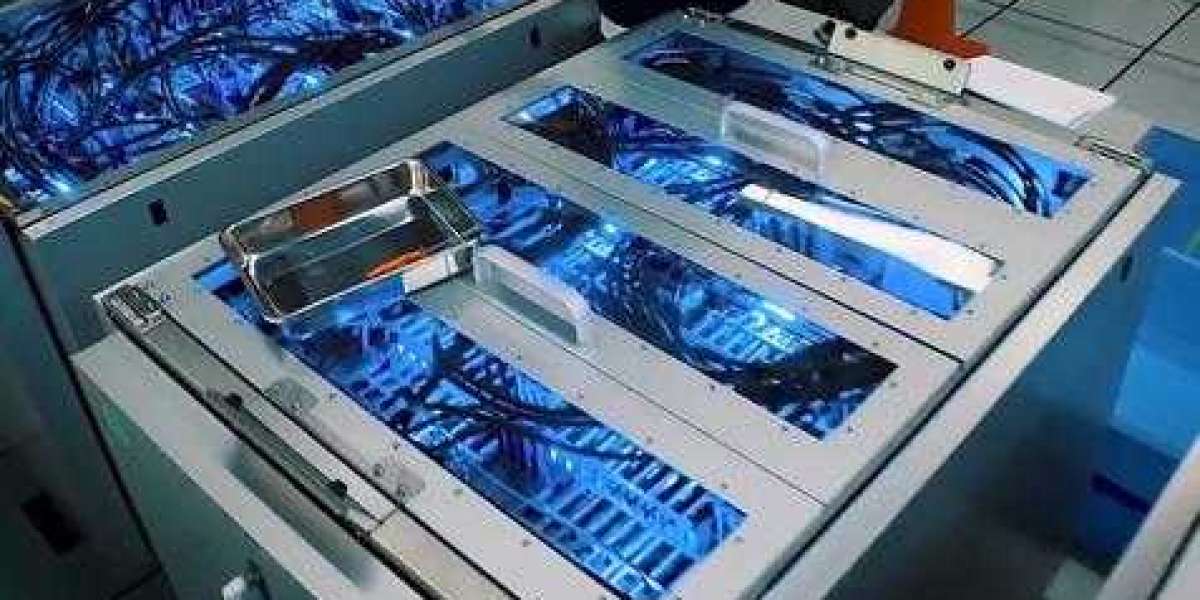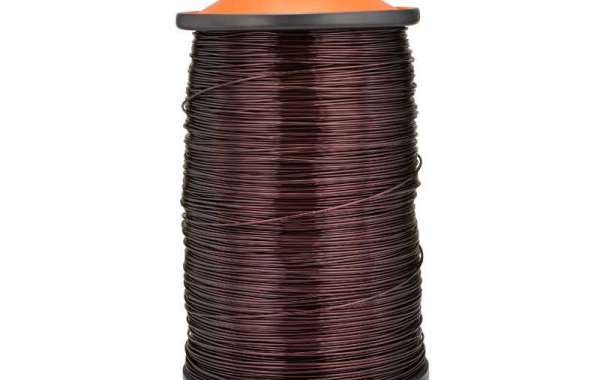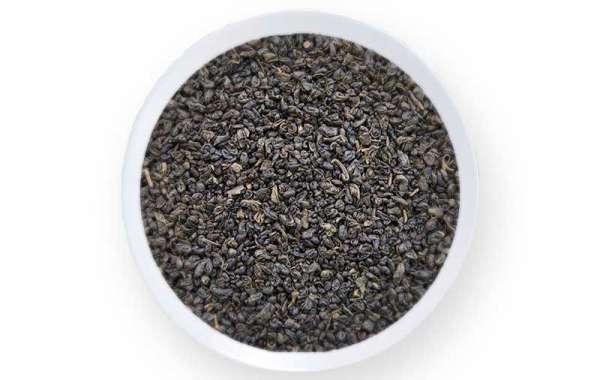In terms of fire extinguishing, the combination of Perfluoro(4-Methyl-2-pentene) LHF-2000 and fire extinguishing agent LHF-1230 has become an efficient solution. The superior performance and safety of these advanced fire suppression agents make them invaluable in protecting life and property. In this article, we explore the key features and advantages of this powerful duo in fire protection applications.
Advanced fire extinguishing ability: Perfluoro(4-methyl-2-pentene) LHF-2000 and fire extinguishing agent LHF-1230 belong to the clean fire extinguishing agent series, known for their fast and efficient fire extinguishing ability. These agents work by interrupting the combustion triangle consisting of heat, oxygen and fuel. They chemically inhibit the combustion process, quickly extinguishing fires without leaving residue or causing further damage.
Environmental Compatibility: One of the outstanding features of perfluoro(4-methyl-2-pentene) LHF-2000 and fire extinguishing agent LHF-1230 is their environmental compatibility. These extinguishing agents have minimal impact on the ozone layer and low global warming potential, making them a sustainable option for fighting fires. They comply with strict environmental regulations and contribute to the overall goal of reducing greenhouse gas emissions.
Rapid fire extinguishing effect: The combination of perfluoro(4-methyl-2-pentene) LHF-2000 and fire extinguishing agent LHF-1230 has excellent rapid fire extinguishing ability. These reagents have high heat absorption capacity and excellent heat dissipation properties. As a result, they effectively cool the ignition source, lower the temperature and suppress the flame within seconds, minimizing the risk of re-ignition.
Non-Conductive and Safe for Sensitive Equipment: Perfluoro(4-methyl-2-pentene) LHF-2000 and fire suppressant LHF-1230 are non-conductive and ideal for fighting fires in areas with sensitive electronic equipment. Unlike traditional water-based systems, these reagents pose no risk of electrical shorts or damage to delicate machinery. This feature makes them especially valuable in data centers, server rooms, and other critical environments.
Minimal Residue and Damage: When used as a fire suppressant, perfluoro(4-methyl-2-pentene) LHF-2000 and fire suppressant LHF-1230 leave minimal residue. This feature significantly reduces cleanup and downtime following a fire incident. The absence of corrosive by-products or residues ensures protected assets remain intact and operational, resulting in faster recovery and cost savings.
Wide range of uses: The combination of perfluoro(4-methyl-2-pentene) LHF-2000 and fire extinguishing agent LHF-1230 can be used in a wide range of firefighting scenarios. They are suitable for total flooding systems and localized point protection. These agents are commonly used in critical infrastructure such as data centers, telecommunications rooms, museums, archives and control rooms, where the preservation of equipment and valuable assets is critical.
Conclusion: Perfluoro(4-methyl-2-pentene) LHF-2000 and fire extinguishing agent LHF-1230 form a powerful combination in the field of fire suppression. With their advanced fire suppression capabilities, environmental compatibility, fast action, non-conductive properties and minimal residue, they provide an efficient and safe solution for protecting life and property. Whether in critical infrastructure or other fire-prone environments, this powerful combination ensures rapid and effective fire suppression with minimal
risk of damage and promote rapid recovery. The compatibility of perfluoro(4-methyl-2-pentene) LHF-2000 and fire extinguishing agent LHF-1230 with sensitive electronic equipment further expands their application in various industries.
Additionally, the environmental benefits of these agents make them the first choice for fire protection systems. Their low impact on the ozone layer and minimal global warming potential meet sustainability goals and regulatory requirements. This makes perfluoro(4-methyl-2-pentene) LHF-2000 and fire extinguishing agent LHF-1230 a reliable and future-proof solution for fire suppression needs.
It is important to note that the use of perfluoro(4-methyl-2-pentene) LHF-2000 and the extinguishing agent LHF-1230 should be supported by a proper fire risk assessment and system design. Qualified professionals should determine the appropriate amount and distribution of agents according to the specific requirements of the protected area.
In conclusion, the combination of perfluoro(4-methyl-2-pentene) LHF-2000 and fire extinguishing agent LHF-1230 represents a high performance and environmentally friendly solution for fire suppression. Their rapid extinguishing action, non-conductivity, minimal residue and compatibility with sensitive equipment make them ideal for a wide range of applications. By choosing these advanced fire suppression agents, businesses and organizations can enhance their fire protection capabilities while prioritizing environmental coolant for sale sustainability and safety.








